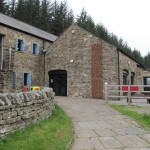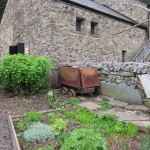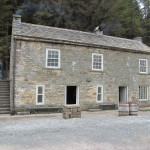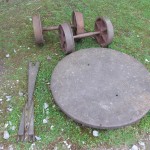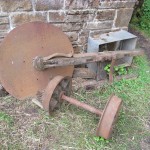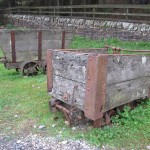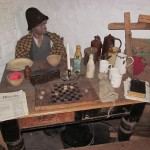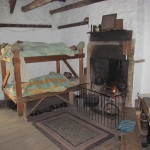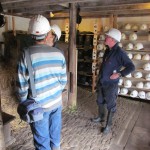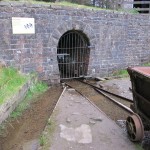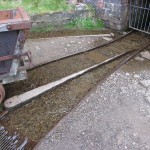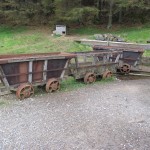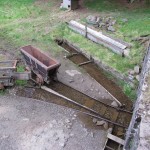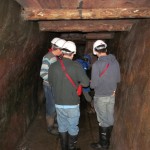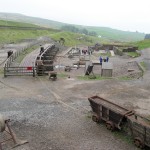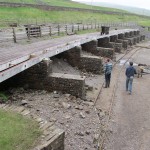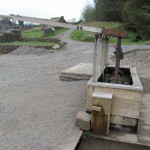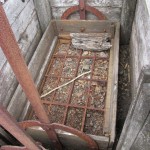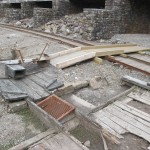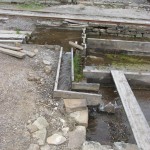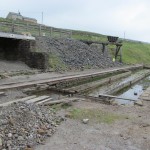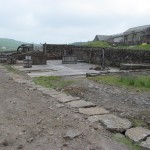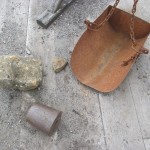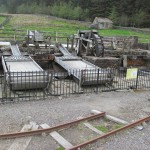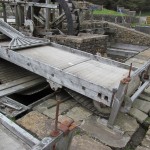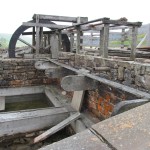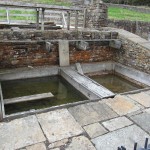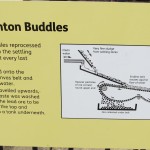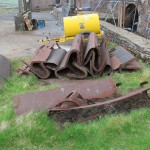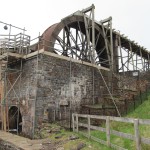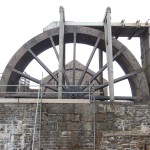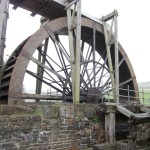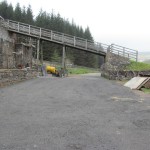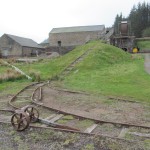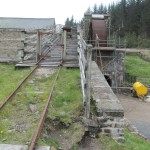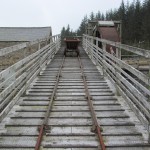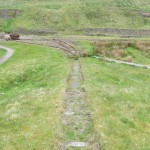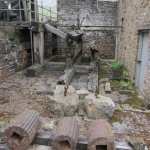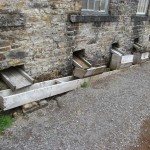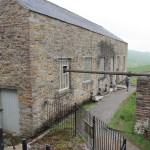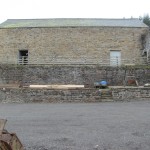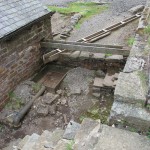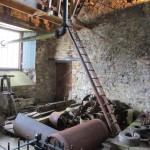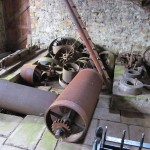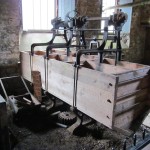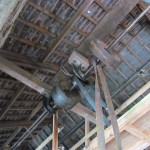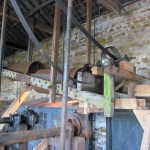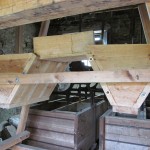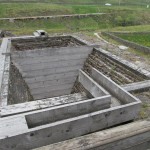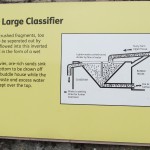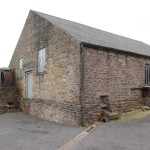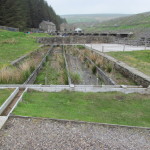The lead mining museum at Killhope is centered on a Victorian lead mining complex known as Park Level Mine and Park Level Mill.
Park Level Mine was started in 1853 by the WB Lead Company and was driven to gain access to the lead veins in the local area. It was slow work, with the first 500 metres taking five years to cut. Very little ore was found in the first 4 veins but after 20 years a rich ore body was cut which provided work for over 100 miners.
At this time the mine consisted of the usual setup for a lead mining site, you had Park Level where the ‘bouse’ (Ore as it came from the mine mixed with rock and spar) was brought to the surface. It was then tipped into nearby stone built storage hoppers caller bouse teams from where it was then taken to the ‘dressing floor’ for sorting.
We started our tour by looking around the visitor center displays which feature many good examples of local minerals with many historic photos by their side. The center also has an extensive selection of books on local subjects to purchase.
The Mine Shop
The mine shop consists of the WB Lead Company’s Office, a miners bunkhouse, a Smithy and Stables. After we looked around the mine shop we went into the stables to acquire our wellies and hard hats in preparation for the underground tour of Park Level.
Park Level
The Washing/Dressing Floor
The Brunton Buddles
These four Buddles reprocessed the sludge from the Settling tanks to extract every last particle of ore. Sludge was fed onto the continuous canvas belt and sprayed with water. As the belt traveled upwards, the lighter waste was washed off leaving the lead ore to be carried over the top and deposited in a tank underneath.
Park Level Mill
Park Level Mill was the last part of Killhope Mine to be built. Men and boys started working there in 1879.
Just as on the washing floor, water and gravity were used to separate lead ore from other unwanted materials.The large waterwheel provided power for the machinery in this building. You can see revolving shafts, pulleys and belts, all driven by the wheel.
The Waterwheel
Railway + Incline To Crusher
The Crusher
The Jigger House
The Large Classifier
The Buddle House
Settling Tanks
To ensure no ore was lost accidentally, all water which had been used in the Jigger and Buddle houses was channeled through these tanks. Suspended solids were allowed to settle and the sediment was then processed on the Brunton Buddles. This work was done by specialist waste washers who were paid for the ore that they recovered.
